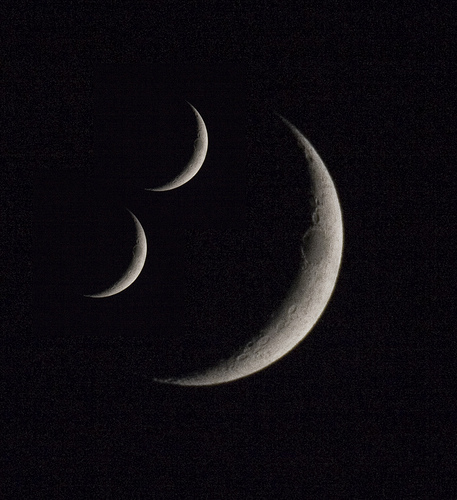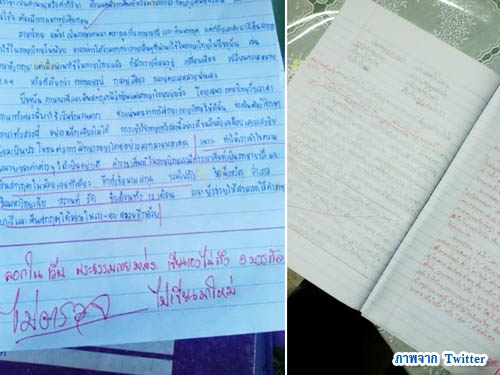|
Advertisement
|
Ploughing Ceremony
The Ploughing Ceremony, which is observed every year, is an age old tradition dating back to the Sukhothai Period. It was observed in the Ayuttaya Period and passed on to the Rattanakosin Period.

The Ploughing Ceremony is held at Sanam Luang in Bangkok during May. It signals the start of the planting season in this country where the majority of the population are farmers. The ceremony is aimed at providing morale and making predictions about the year's crops.
In the reign of King Rama IV, the Ploughing Ceremony was held in the ancient capital of Ayuttaya as well as in Phetchaburi. Later, it was held on a field, called Som Poy, in the outskirts of Bangkok, and it was at this time Buddhist elements were added to the previously Brahmin-dominated proceedings that took place at the temple of the Emerald Buddha on the eve of the ceremony.
The Buddhist part of the ceremony involved the processing of Khantarat Buddha images of the past reigns, along with citations blessing such grains as rice, glutinous rice and sorghum, sesame seeds, taro, potato, gourd seeds, melons and sweet basil.
A ceremonial pavilion was built at Sanam Luang for the occasion, which was participated by the Lord of the Ploughing Ceremony (Phra Raek Na) assisted by four Celestial Maidens (Thepi) carrying gold and silver baskets full of grains. Before the start of the ceremony, the Lord of the Ploughing Ceremony and the four maidens were anointed on the foreheads and in the palms, and given a conch and bel leaves.
Selected from among high-ranking officials of the Ministry of Agriculture and Cooperatives, the Phya Raek Na wore a ceremonial ring with nine different gemstones which the King had given him.
The ceremony in the reign of King Rama IV was performed in grand style, with a processing of 500 people led by the Lord of the Ploughing Ceremony in resplendent attire and carrying his ceremonial sword. Before the start of the ceremony, the Lord of Ploughing Ceremony was offered three pieces of loincloth from which he chose one. The cloths were of different lengths -- four, five and six kheub (one kheub is about six inches) -- and the length of the cloth that be chose determined the amount of rain for that year: the shortest piece indicated a year with plenty of water, the longest one foretold little rain, and the medium-sized one was indicative of a balanced supply of water, abundant rice and healthy crops.
|
|
With the plough and a goad he received from the Brahmin priest presiding over the ceremony, the Lord of the Ploughin
g Ceremony ploughed three ceremonial furrows in an oval shape, then scattered the grains from the baskets carried by the Celestial Maidens, amidst the blowing of conches by five Brahmin priests. As he ploughed, a man in front sprinkled lustral water on the earth before him.
After the seeds had been scattered, the Lord of the Ploughing Ceremony again ploughed the earth over the seeds for three more rounds.
Following the ceremonial ploughing, the sacred bulls were unleased and presented with platters containing seven feeds, namely rice, corn, beans, sesame seeds, alcohol, water and glass. The bulls' choices would predict the agricultural produce for that year.
According to predictions by Brahmin astrologers, a choice of rice or corn would mean abundance of grains and plentiful fish; beans or sesame meant plentiful fish and meat, water or grass indicated plentiful rain, food, meat and agricultural crops; and alcohol foretold a more efficient transportation system, good trade relations with other countries, and prosperous economy.
The Ploughing Ceremony was observed in its entirely until 1936, when there was a change in the political structure of the country . It was revived in 1960 by His Majesty King Bhumibol Adulyadej, as an annual ceremony to boost the farmers' morale. The role of the Lord of the Ploughing Ceremony was assumed by the Under-Secretary of State (now known as Permanent Secretary) of the Ministry of Agriculture and Cooperatives, and the four Celestial Maidens were civil servants from the same ministry.
Each year, the 40 kilograms of the rice grains and the 40 other grain species used in the ceremony are supplied by His Majesty the King's experimental plot in the Chitrlada compound. What is not used in the ceremony is distributed to farmers throughout the country.
Since 1986, the day on which the Ploughing Ceremony takes place has also been declared Agriculture Day, with activities ranging from a grain contest to agricultural exhibitions at Sanam Luang.
|
วันที่ 11 พ.ค. 2552
หนาวแล้ว ออกแคมป์กันเถอะ! ⛺ เตาแก๊สปิคนิค พกพาสะดวก ออก Outdoor ได้สบายๆ รุ่น KJ-101 แถมฟรี!!กล่องเก็บเตา ในราคา ฿244https://s.shopee.co.th/7fJQKGPCjr?share_channel_code=6
Advertisement

เปิดอ่าน 7,160 ครั้ง 
เปิดอ่าน 7,153 ครั้ง 
เปิดอ่าน 7,472 ครั้ง 
เปิดอ่าน 7,155 ครั้ง 
เปิดอ่าน 7,167 ครั้ง 
เปิดอ่าน 7,208 ครั้ง 
เปิดอ่าน 7,161 ครั้ง 
เปิดอ่าน 7,158 ครั้ง 
เปิดอ่าน 7,174 ครั้ง 
เปิดอ่าน 7,162 ครั้ง 
เปิดอ่าน 7,160 ครั้ง 
เปิดอ่าน 7,160 ครั้ง 
เปิดอ่าน 7,161 ครั้ง 
เปิดอ่าน 7,159 ครั้ง 
เปิดอ่าน 7,156 ครั้ง 
เปิดอ่าน 7,156 ครั้ง |

เปิดอ่าน 7,678 ☕ คลิกอ่านเลย |

เปิดอ่าน 7,189 ☕ คลิกอ่านเลย | 
เปิดอ่าน 7,163 ☕ คลิกอ่านเลย | 
เปิดอ่าน 7,156 ☕ คลิกอ่านเลย | 
เปิดอ่าน 7,164 ☕ คลิกอ่านเลย | 
เปิดอ่าน 7,170 ☕ คลิกอ่านเลย | 
เปิดอ่าน 7,213 ☕ คลิกอ่านเลย |
|
≡ เรื่องน่าอ่าน/สาระน่ารู้ ≡ 
เปิดอ่าน 11,826 ครั้ง | 
เปิดอ่าน 33,431 ครั้ง | 
เปิดอ่าน 17,577 ครั้ง | 
เปิดอ่าน 14,627 ครั้ง | 
เปิดอ่าน 26,533 ครั้ง |
|
|








